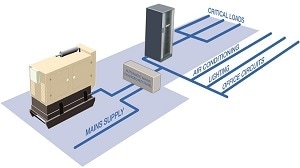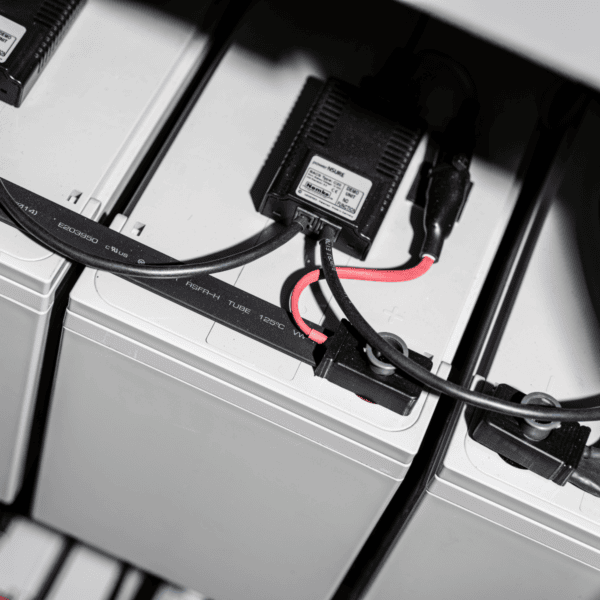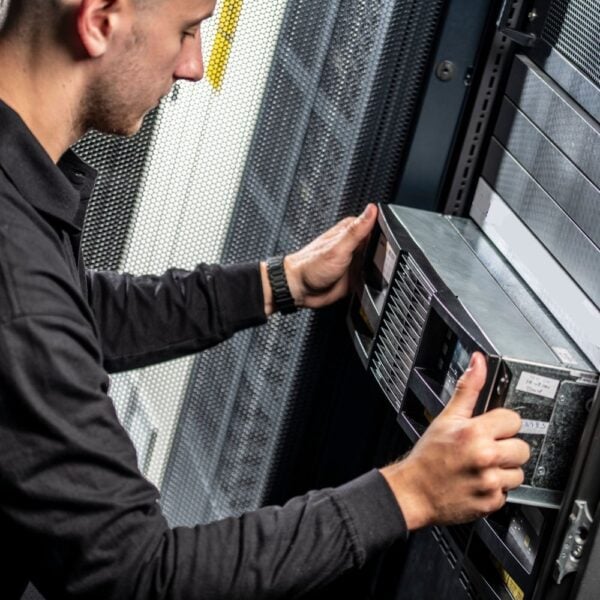UPSs and generators play a complementary role on any site that must have clean, uninterrupted power under all circumstances. The UPS seamlessly protects the critical load from utility mains blackouts or other events, while the generator – once started – can maintain power autonomy indefinitely.
However, although the UPS and generator are conceptually two separate functional modules, they are in practice closely linked and highly interdependent, as we see below. Accordingly, it makes sense to buy the UPS, generator, and all interconnecting cabling and components as a single, integrated unit from one supplier. Such a supplier can ensure that all the components are optimised for one another; they also provide a single contact point for the user during installation, operation and maintenance.
Interaction and compatibility issues
To enable the automatic, reliable fault protection operation demanded by today’s critical loads, the generator must have an Automatic Mains Failure (AMF) detection panel. This detects a mains power failure or transgression, and automatically starts the generator. It then connects the generator supply to the critical load, to replace the failed mains. Note that the critical load usually includes air conditioning, emergency lighting and other circuits as well as the UPS.
The AMF panel also stops the generator and switches the UPS back to the mains supply when power has been reliably restored. The panel has changeover contacts for the generator and the mains, which must be electronically and mechanically interlocked so both contacts are never closed at the same time. The method used to switch the neutral conductor during a mains changeover must also be carefully considered. Several approaches are available, although the overall objective is always to minimise the changeover time. Note that changeover operations also influence fault and other circuit behaviours.
There can sometimes be compatibility problems between the generator and the UPS system. While the generator output voltage may be acceptable to the UPS, its frequency range may be too wide. In the worst case, the frequency variation, or its rate of change may be so great that the UPS cannot be synchronised.
Installation considerations
Even a small standby generator of, say, 100kVA is large and heavy, and requires care to manoeuvre and position. It also has fuel storage requirements which are subject to legislative control, and creates acoustic noise, heat and exhaust fumes. Nevertheless, it must be located as closely as possible to the AMF panel. This is because if the power and signal cabling run between the generator and panel is too long, its rating may have to be elevated to reduce the associated voltage drop; this increases the electrical installation costs.
It is clear that designing a combination of UPS and generator that delivers an optimum standby power solution calls for mastery of not only design and compatibility issues, but also practical installation considerations. This is available from well-established suppliers like KOHLER Uninterruptible Power, who back their wide ranges of both UPS and generator products with comprehensive technical support, commissioning, and maintenance services.




